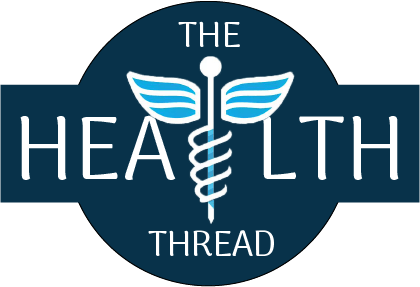Universal health coverage
Universal Health Coverage (UHC) is a global goal aimed at ensuring that all individuals and communities have access to essential health services without facing financial hardship. Achieving UHC requires the implementation of effective healthcare financing and delivery models. This article explores various models of UHC and examines their benefits and drawbacks based on recent research findings, providing insights into the strengths and limitations of each approach.
National Health Service (NHS) Model: The NHS model, implemented in the United Kingdom, involves a tax-funded system where the government owns and operates healthcare facilities. Services are provided to all residents free at the point of use. Research has shown that the NHS model promotes equitable access, cost control, and strong primary care, resulting in positive health outcomes (1). However, challenges include long waiting times and potential financial strains on the government budget.
Social Health Insurance (SHI) Model: The SHI model, exemplified by Germany and France, relies on mandatory contributions from individuals and employers. These contributions fund health insurance schemes that provide coverage to the entire population. Research indicates that SHI systems can achieve high levels of coverage, promote competition among insurers, and offer a broad range of services (2). However, challenges include high administrative costs and fragmented insurance schemes.
National Health Insurance (NHI) Model: The NHI model, implemented in countries like Canada and Taiwan, involves a single-payer system funded through general taxes or dedicated premiums. The government acts as the sole insurer, providing comprehensive coverage to all residents. Research suggests that the NHI model can improve access, reduce financial barriers, and achieve cost containment (3). Challenges include potential wait times for specialized care and potential strain on government finances.
Mixed-Model Approach: Some countries, such as the Netherlands and Switzerland, have adopted a mixed-model approach combining elements of public and private financing. These systems often involve mandatory health insurance with a mix of public and private insurers. Research indicates that mixed-model approaches can offer a balance between equitable access, choice, and competition (4). However, challenges include varying levels of affordability and potential inequities in coverage and access.
Community-Based Health Insurance (CBHI) Model: CBHI models, implemented in low-income countries like Rwanda and Ghana, involve community-based risk pooling and prepayment schemes. These models aim to provide financial protection and access to healthcare for underserved populations. Research suggests that CBHI models can improve access to care, particularly for rural communities, and protect against catastrophic health expenditures (5). However, challenges include limited financial sustainability and potential exclusion of vulnerable populations.
Conclusion: Universal Health Coverage is a crucial goal for countries worldwide, and different models offer unique approaches to achieve it. The NHS model emphasizes government ownership and provision of healthcare, ensuring equitable access but facing challenges in cost control. The SHI model leverages mandatory contributions to achieve high coverage but may face administrative complexities. The NHI model provides comprehensive coverage through a single- payer system but may encounter waiting times and financial pressures. Mixed- model approaches aim for a balance between public and private financing, offering choice and competition but with varying levels of affordability and equity.
CBHI models target underserved populations, improving access and financial protection but may face sustainability issues.
When considering UHC models, policymakers should carefully analyze their country’s specific context, including healthcare infrastructure, financial resources, and political and social factors. Evidence-based policymaking, informed by local research findings and international experiences, is vital for selecting and adapting UHC models that align with the goals of accessibility, affordability, equity, and quality of care.
REFERENCES
- Dixon, A., & Mossialos, E. (2021). Health care systems in the UK and other high- income countries. In A. Culyer (Ed.), Encyclopedia of Health Economics (Vol. 2, pp. 316- 323). Elsevier.
- Busse, R., & Riesberg, A. (2014). Health Systems in Transition: Germany. World Health Organization.
- Kwon, S. (2013). Thirty years of national health insurance in South Korea: Lessons for achieving universal health care coverage. Health Policy and Planning, 28(3), 255-262.
- World Health Organization. (2020). Universal Health Coverage. Retrieved from https://www.who.int/healthsystems/universal_health_coverage/en/
- Kutzin, J., & Sparkes, S. P. (2016). Health systems strengthening, universal health coverage, health security and resilience. Bulletin of the World Health Organization, 94(1), 2.
- Parmar, D., Souares, A., de Allegri, M., Savadogo, G., Sauerborn, R. (2011). Adverse selection in a community-based health insurance scheme in rural Africa: implications for introducing targeted subsidies. BMC Health Services Research, 11, 143.
- Yin, D., & Zhang, Y. (2020). Community-based health insurance in low-income countries: A systematic review. International Journal for Equity in Health, 19(1), 6.
